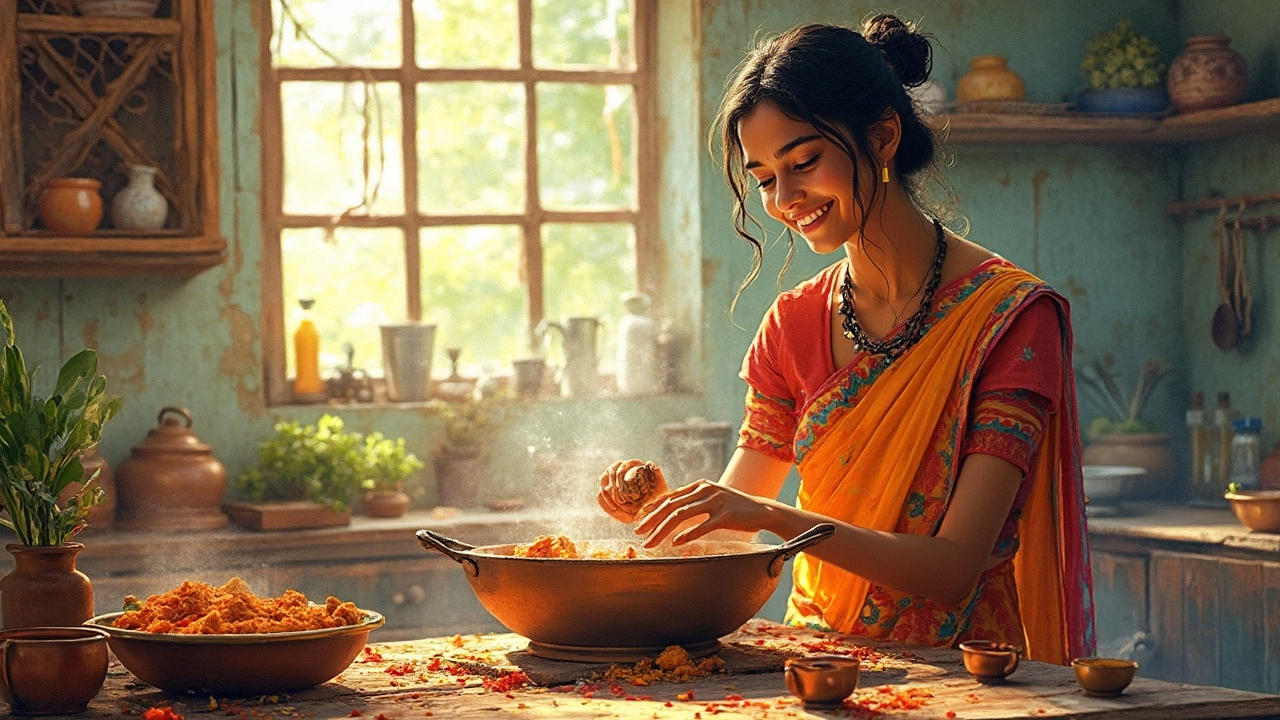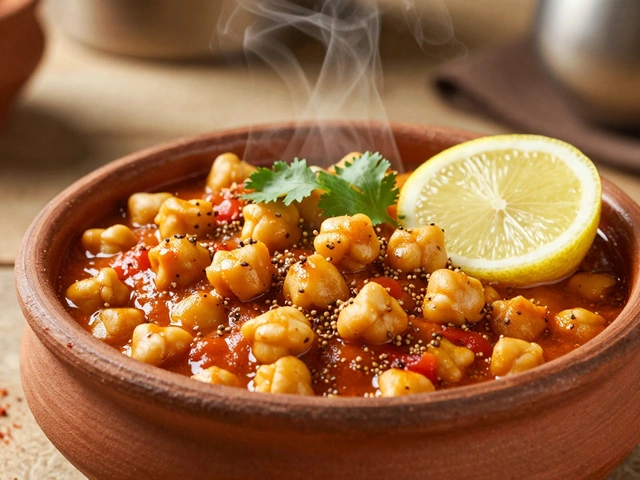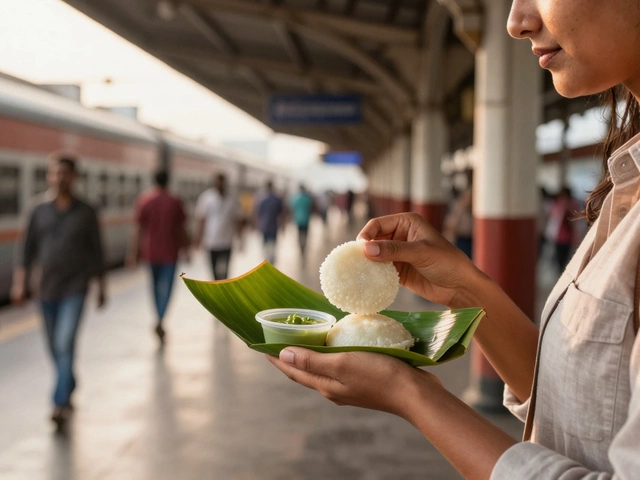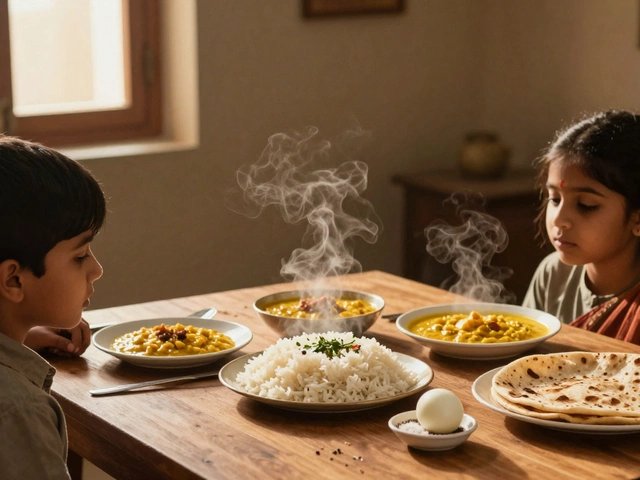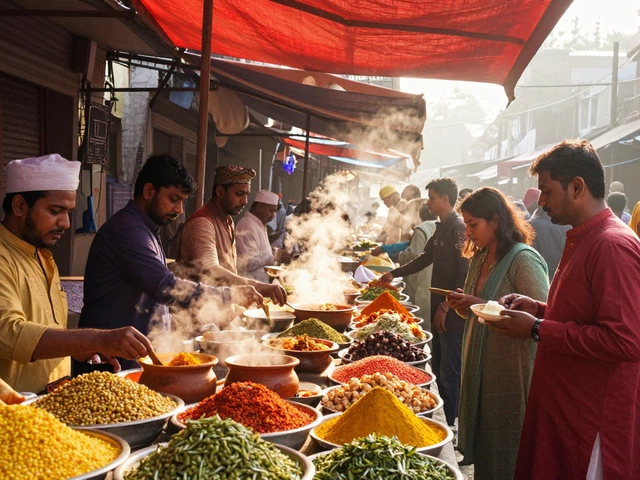If you’re used to tossing garlic into every chicken curry, you might be surprised to hear that tons of Indian cooks leave it out—sometimes by choice, sometimes for religious reasons, or even a simple garlic allergy. So what do they toss in instead? There’s actually a smart list of tried-and-true swaps that go way beyond just skipping the garlic and hoping for the best.
A lot of folks reach for asafoetida (called 'hing' in India), a pungent spice that sounds odd but totally gets the job done. Just the tiniest pinch can mirror that garlic kick in curries, and it doesn’t overpower everything else in the pot. Another move? Pumping up the ginger. Fresh ginger handles the backbone of flavor, especially when it’s cooked in oil at the start. Some cooks rely on cumin or fennel seeds, letting their savory, earthy notes slot in where garlic would have shined.
- Why Skip Garlic in Indian Cooking?
- Popular Garlic Alternatives Used in Indian Curries
- How These Substitutes Change the Flavor
- Tasty Chicken Curry Recipe Without Garlic
Why Skip Garlic in Indian Cooking?
Skipping garlic in Indian kitchens isn’t just a random trend—it has real roots in tradition, religion, and health. A big slice of the population, like many Jains and some Hindus, stick to food rules that leave out garlic and onions, seeing them as ingredients that can boost desire or even muddy the mind. This isn’t rare—whole families, neighborhoods, and sometimes even entire restaurants do Indian cuisine without a single clove of garlic.
Sometimes it’s a matter of taste, too. For example, a lot of grandmas think classic dal or chicken curry recipes taste purer and lighter without garlic. Folks with digestive issues sometimes sidestep garlic since it can be harsh on the gut. And let’s not ignore allergies—some people really can’t stomach it at all.
"Garlic and onion are believed to increase body heat and disturb one’s focus in meditation, hence they are left out in many sattvic Indian meals." – Swati Sucharita, Food Writer, Times of India
This no-garlic lifestyle isn’t small. A national survey in India showed that around 30% of households say no to garlic and onion for religious or health reasons. Here’s a quick look at why Indians ditch garlic:
| Reason | Common In | Percentage (Estimate) |
|---|---|---|
| Religious/Spiritual | Jain, Vaishnav, Sattvic diets | 20% |
| Health (digestion/allergy) | All regions | 8% |
| Personal Taste | North and West India | 2% |
Restaurants, especially in cities like Ahmedabad and Mumbai, even offer full menus that are garlic- and onion-free. It’s not just a matter of skipping ingredients—whole cooking methods adjust, and flavors evolve in fascinating ways.
Popular Garlic Alternatives Used in Indian Curries
If you ask around in Indian kitchens, everyone has their favorite way to keep curries flavor-packed without a trace of garlic. Some of these swaps are so good, you won’t even miss the original. Here’s what people actually use when garlic gets the boot.
- Asafoetida (Hing): No joke, this powder might smell strong at first, but once it hits hot oil, it mellows out and gives a savory depth that’s surprisingly similar to garlic. You only need a pinch—seriously, a quarter of a teaspoon is enough for an average curry. Hing is especially common in Jain, Brahmin, and South Indian recipes where garlic and onions are off-limits.
- Ginger: It’s amazing how much fresh or ground ginger can stand in for garlic. Ginger has a spicy, slightly sweet flavor that blends right into the sauce and makes chicken curry pop. Some cooks even double up on ginger when skipping garlic for that extra kick.
- Cumin Seeds: Toss whole cumin seeds into hot oil at the start, and the nutty, earthy aroma will build a solid flavor base. It’s a classic in North Indian curries and totally changes up the taste without needing garlic.
- Fennel Seeds: Fennel gives curries a slight licorice note and a clean finish. This is more common in some regional Indian cooking, especially in Kashmir and Tamil Nadu.
- Mustard Seeds: Great for flavor and a little texture crunch. Southern Indian curries and some Bengali dishes skip garlic but start out with popping mustard seeds in the oil.
- Green Chilies and Coriander: Fresh green chilies, sometimes ground to a paste, add heat and depth. Paired with chopped coriander leaves or seeds, you get citrusy, vibrant layers that help replace garlic’s punch.
Here’s a quick breakdown of which regions and diets use these swaps the most:
| Alternative | Common Use/Region | Best For |
|---|---|---|
| Asafoetida (Hing) | Pan-Indian, Jain/Brahmin/South Indian | Onion & Garlic-free diets |
| Ginger | All over India | Chicken curry, lentils |
| Cumin Seeds | North India | Base tempering for most curries |
| Fennel Seeds | Kashmir, Tamil Nadu | Rich & fragrant gravies |
| Mustard Seeds | South & East India | Coconut-based or tangy curries |
| Green Chilies & Coriander | Nationwide | Heat & fresh flavor |
If you need a straight swap in a chicken curry recipe, start with hing and ginger, then adjust the spices to your taste. You might end up liking it better than your old garlic-loaded version.
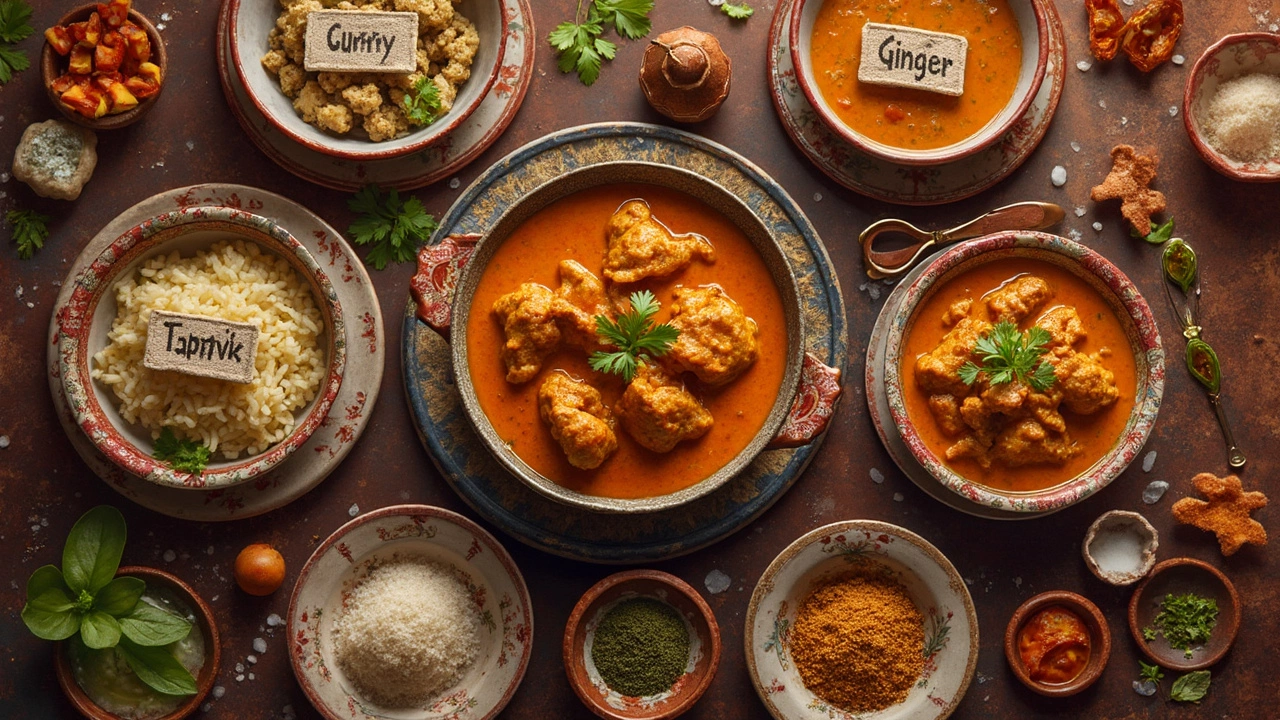
How These Substitutes Change the Flavor
When you're skipping garlic in Indian curries, the swaps don't just cover up the empty space—they give the dish a whole new vibe. Let's get real: garlic brings a warm, savory punch that sticks to your taste buds. The alternatives offer a different experience, and it helps to know what you're in for.
Take asafoetida (hing) as an example. Just a pinch brings out a savory, umami slap that almost fakes the deep base note you'd expect from garlic. But it's sharper and smells crazy strong before you cook it. Once it's in hot oil for a few seconds, that edge melts away, and you're left with a mellow, almost onion-like pop that fills the gap nicely. Ginger on the other hand, kicks in with a spicy freshness. It doesn't try to taste like garlic, but it offers brightness and heat, making the curry taste alive and not flat.
Cumin and fennel seeds? They're not just stand-ins. Cumin adds a toasty, earthy flavor, while fennel brings a hint of sweetness. These changes shift the profile of your chicken curry recipe a bit. Your dish will taste lighter and sometimes even more aromatic without garlic's heavy background note.
Food journalist Smita Chandra sums it up well:
“Cooking without garlic lets other spices shine. It gives curries a cleaner taste and highlights the freshness of ginger and the depth of whole seeds.”
Here's a quick cheat sheet on how each swap stacks up for flavor:
| Substitute | Main Flavor | Impact in Curry |
|---|---|---|
| Asafoetida (Hing) | Umami, slightly oniony | Savory depth, less pungency after cooking |
| Ginger | Fresh, spicy heat | Bright flavor, lively bite |
| Cumin Seeds | Earthy, smoky | Toasted, rustic base |
| Fennel Seeds | Sweet, herbal | Light, aromatic lift |
If you're after a more balanced bite, combine a couple of these swaps. For a richer, rounded curry, many home cooks toss both a pinch of hing and a chunk of fresh ginger in the pan. It takes a bit of taste-testing, but you’ll probably end up loving the new flavors even more than garlic.
Tasty Chicken Curry Recipe Without Garlic
So you want to make real chicken curry without a single clove of garlic? Here's a practical way to keep things bold and tasty with easy swaps, straight from Indian kitchens. This version relies on ginger, hing, and well-loved spices to bring all the flavor you crave.
Indian cuisine always finds a way—here’s how you can, too.
- Chicken (bone-in or boneless): 500 grams
- Onion: 2 medium, finely chopped
- Ginger: 2-inch fresh piece, grated or minced
- Tomato: 2 medium, pureed or finely chopped
- Hing (asafoetida): Just a pinch
- Green chilies: 2, slit (optional)
- Spices: 1 tsp cumin seeds, 1 tsp coriander powder, 1 tsp turmeric powder, 1 tsp red chili powder, 1 tsp garam masala
- Salt: To taste
- Oil: 2 tablespoons (mustard or any good cooking oil)
- Fresh cilantro: Chopped for garnish
Heat the oil in a heavy pan. Add cumin seeds and let them sizzle, then throw in that pinch of hing—don’t skip this bit! Add onions and cook until they turn golden brown. Stir in your grated ginger and green chilies, letting the mix fry for a minute.
Go in with your tomatoes and all the ground spices (except the garam masala). Cook this down until your oil splits from the masala; that's the sign everything’s blended. Toss in your chicken, mix to coat, then cover and let it cook on medium for 10–15 minutes. If it gets too dry, add a splash of water. Finish with garam masala and garnish with cilantro.
This curry is just as satisfying as any garlic-loaded version. In fact, restaurants in India serve no-garlic curries during religious fasting periods all the time, and many home cooks prep curries like this for family or guests who avoid alliums for health or spiritual reasons.
| Element | Garlic Version | No Garlic Version |
|---|---|---|
| Flavor Base | Onion, garlic, ginger | Onion, ginger, hing |
| Main Aroma | Warm, sharp | Earthy, savory |
| Health Fit | Not for allium-sensitive | Suitable for allium-free diets |
Pair it with rice or flatbread, and honestly, you won't miss the garlic at all. The combo of hing and ginger nails the depth and warmth most people expect from curry. Try it this way once, and you might not even look back!
